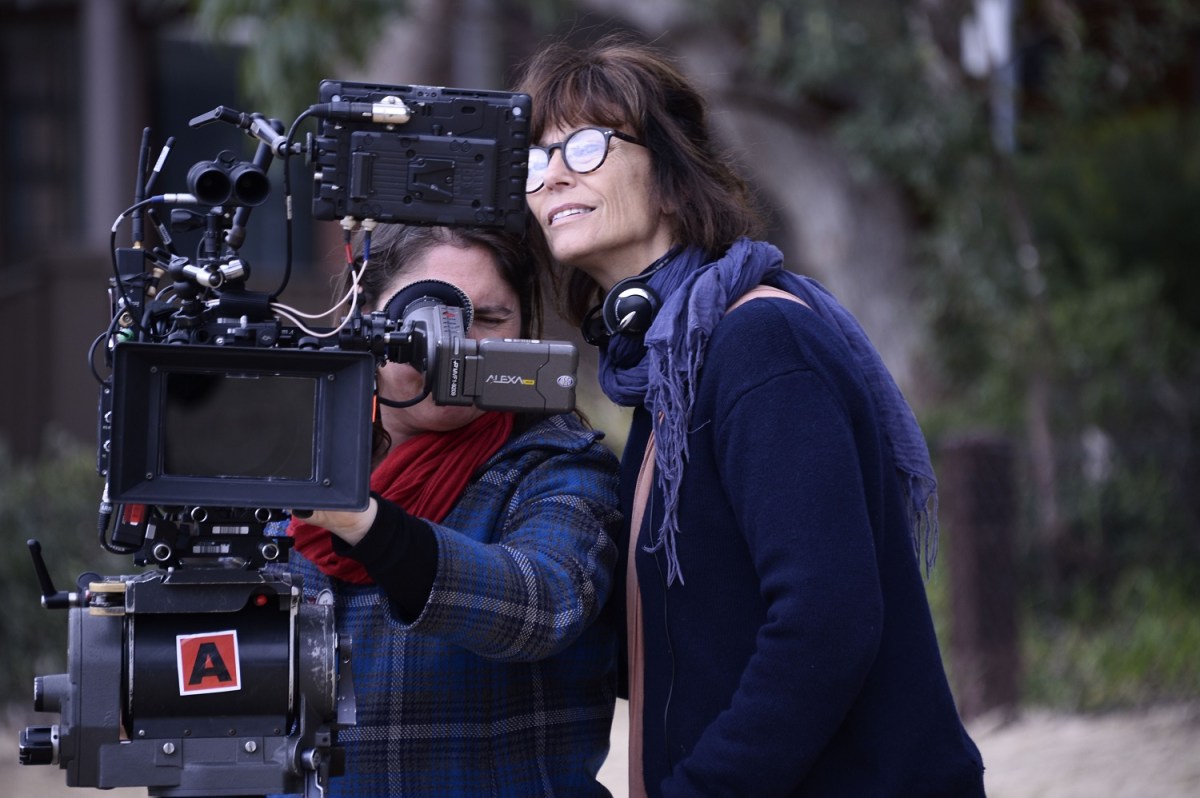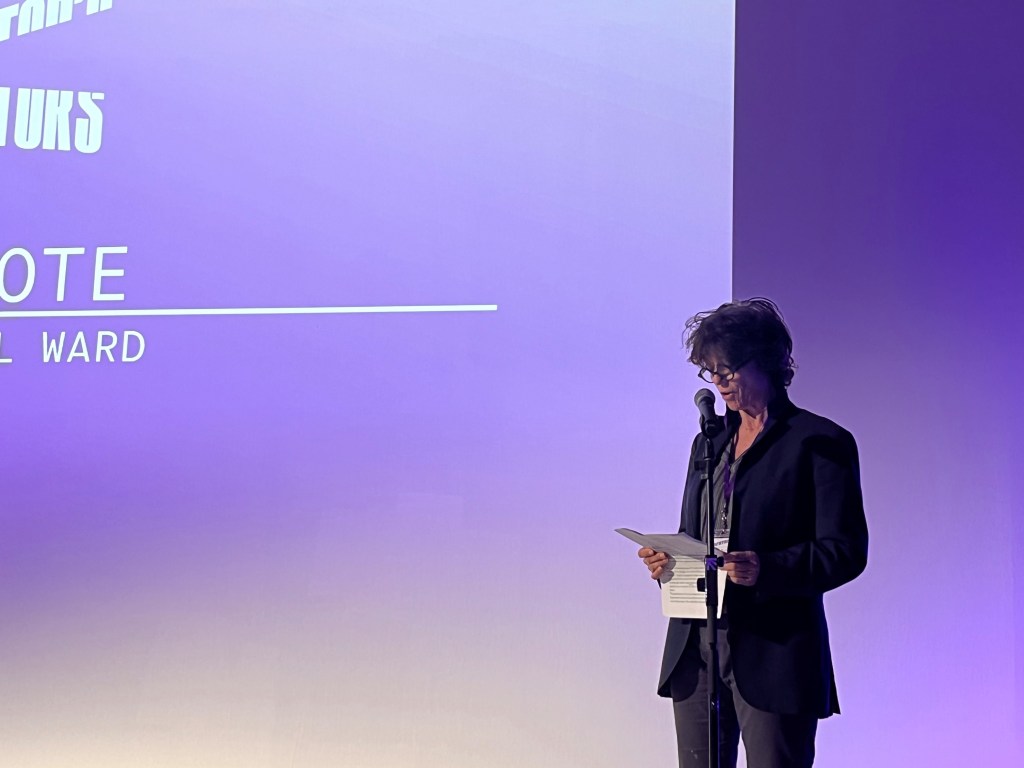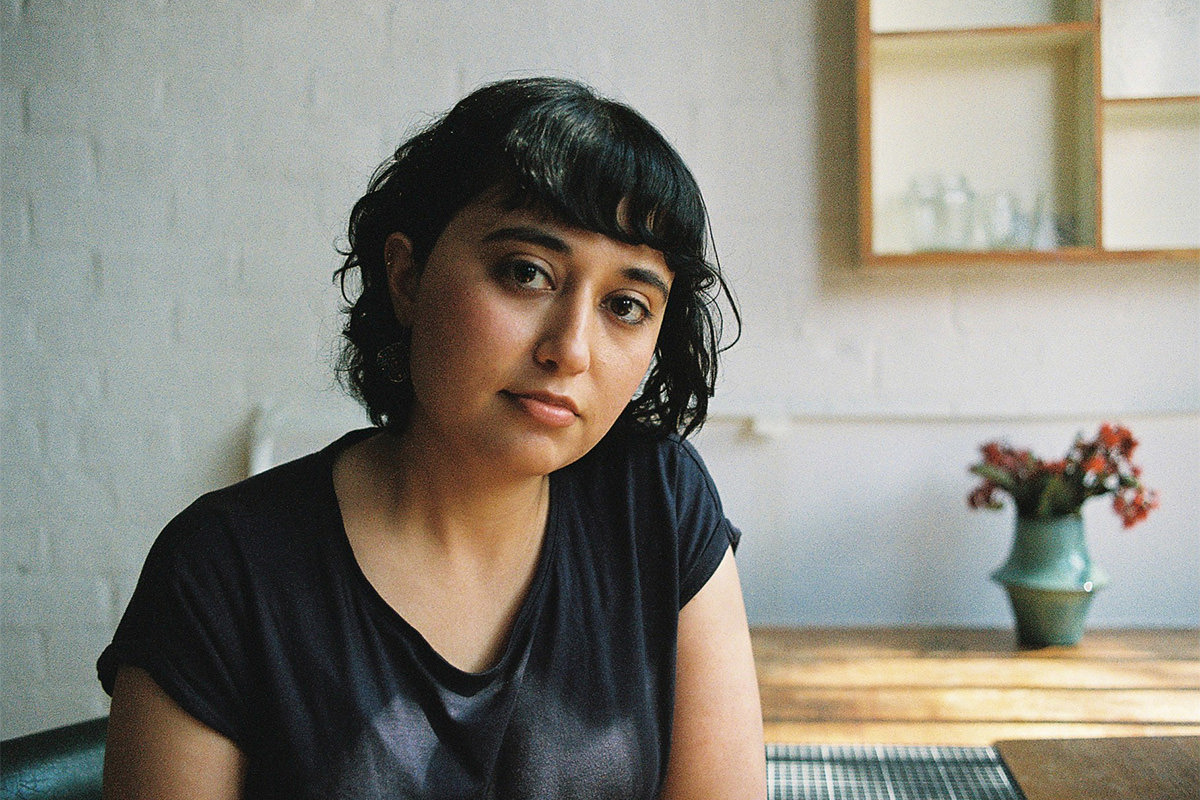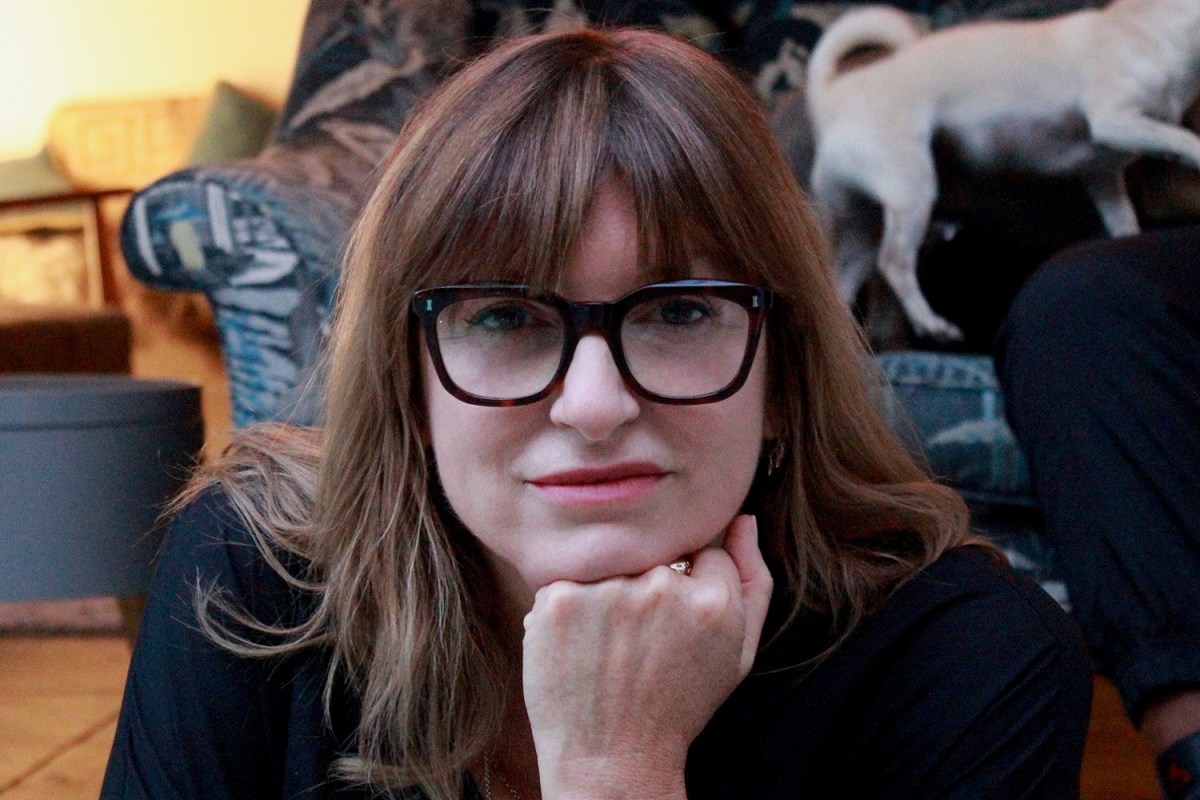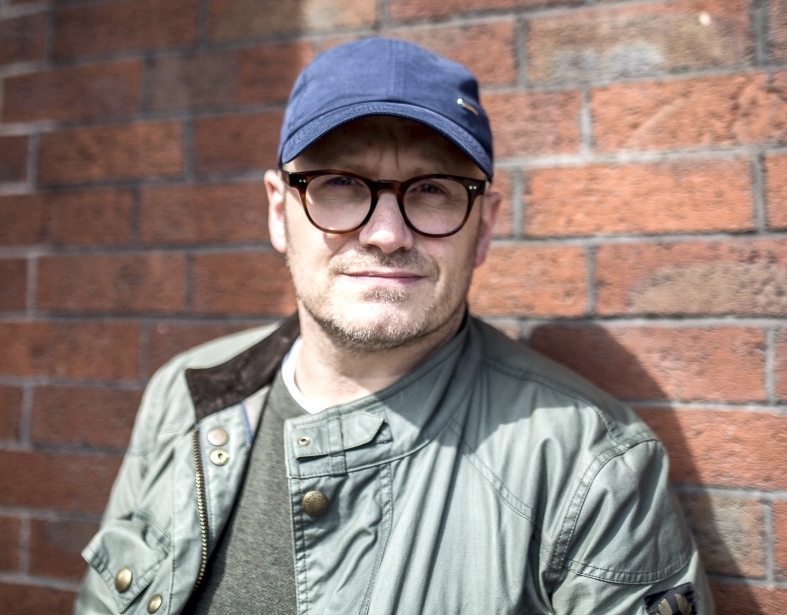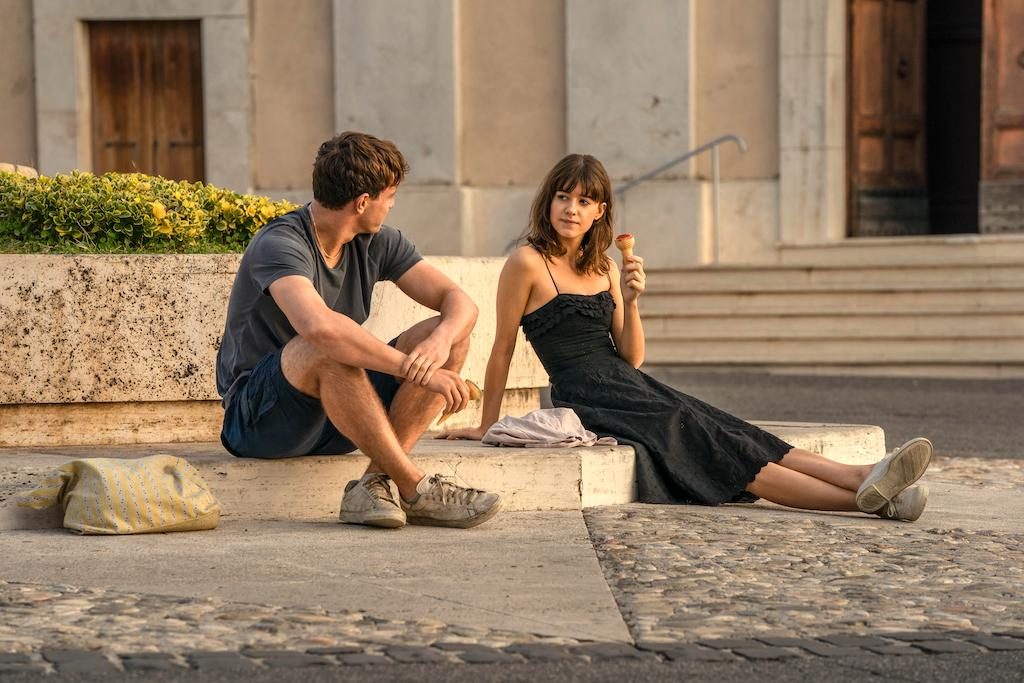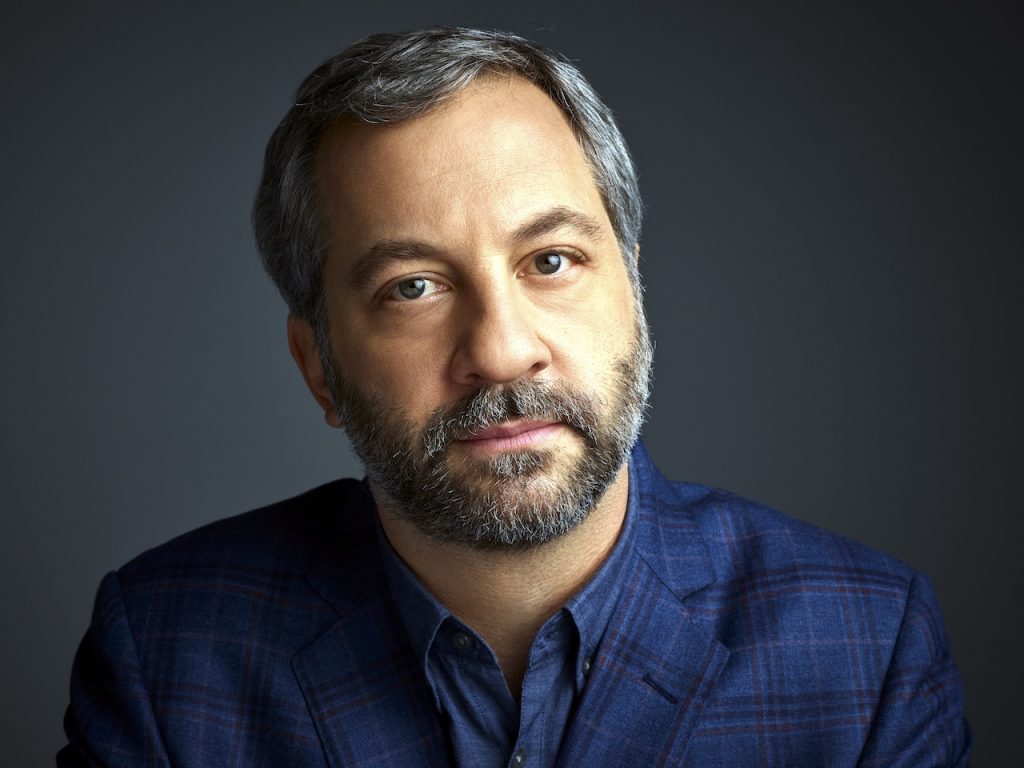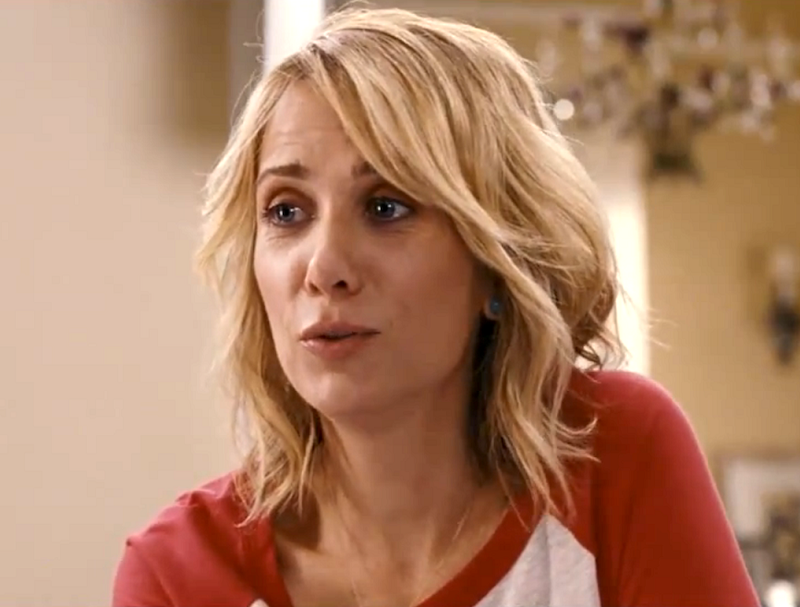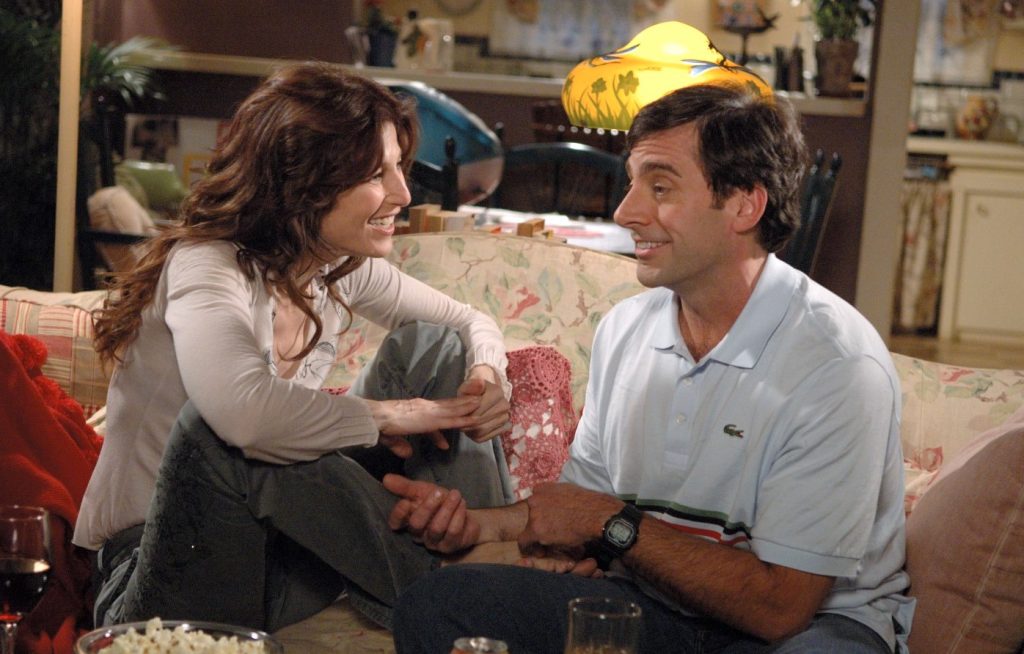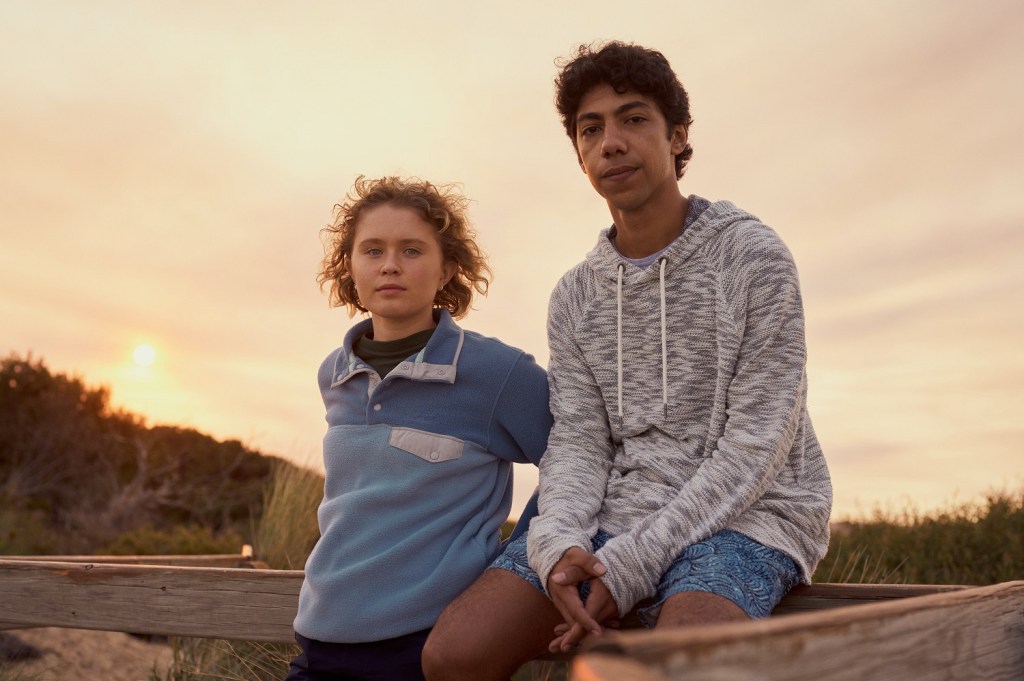31 August 2022
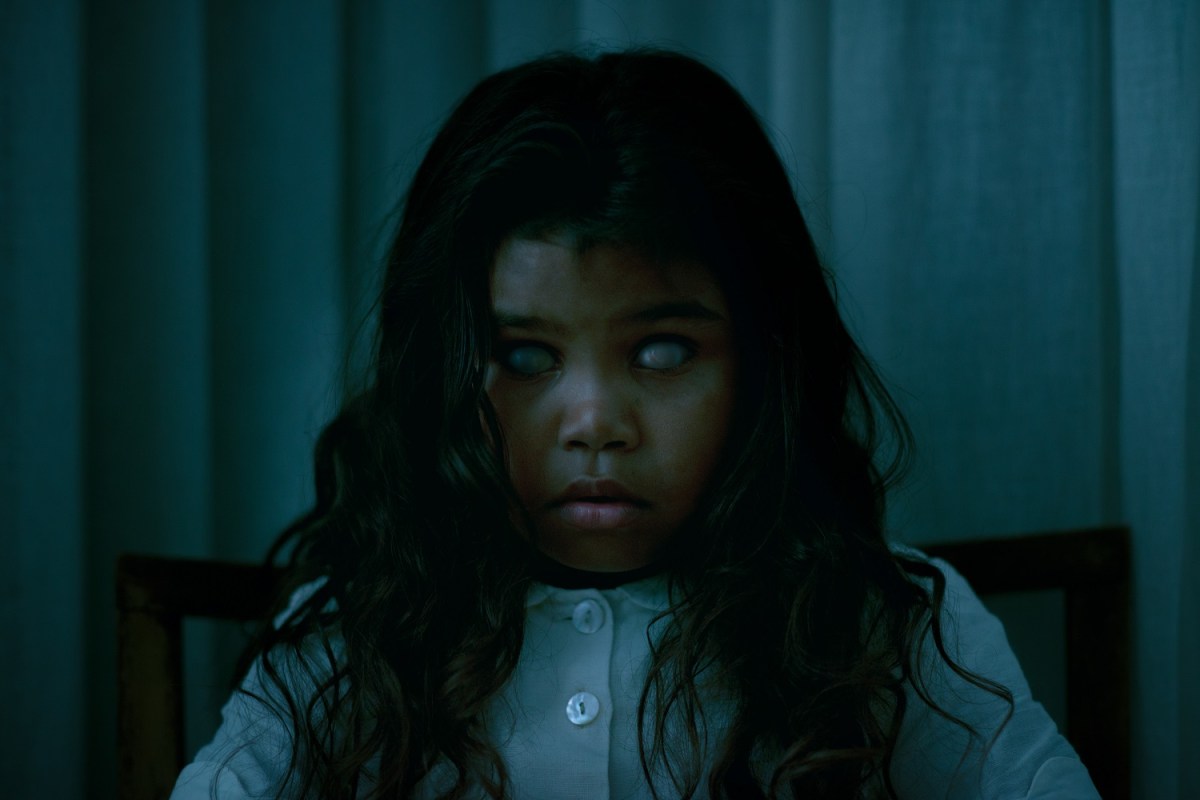
New seasons of Total Control and children’s titles Rock Island Mysteries and Strange Chores, as well as feature films from Northern Pictures, Made Up Stories and Causeway Films are among the nine projects that will share in $12 million of production funding from Screen Australia.
Four feature films, three television dramas, and two children’s titles will be supported through the agency, the likes of which also include a feature version of Jon Bell’s award-winning short The Moogai, and television dramas While the Men are Away and North Shore.
Screen Australia head of content Grainne Brunsdon said there had been a “solid pipeline of impressive applications” so far this financial year, making for an “incredibly competitive” selection process.
“We know there is an appetite for fun, joyful drama content in the international market right now and we’re pleased to announce a number of distinct Australian dramedies and romantic comedies that will engage global audiences as part of this mix,” she said.
“We are also proud to support Australian creatives expanding their skillset, including Northern Pictures producing their first feature film Little Bird and Arcadia bringing to life their first episodic drama with While the Men Are Away for SBS.”
Head of First Nations Angela Bates said the titles supported through her department explored “important themes of intergenerational trauma, colonisation, and power”.
“We are proud to announce two premium dramas today including a new season of Total Control, which continues to not only captivate viewers but also provide important opportunities for emerging filmmakers above and below the line,” she said.
“Jon Bell’s short film The Moogai won the Midnight Shorts Jury Prize at SXSW 2021 and now we’re thrilled that he is expanding it as a feature film.”
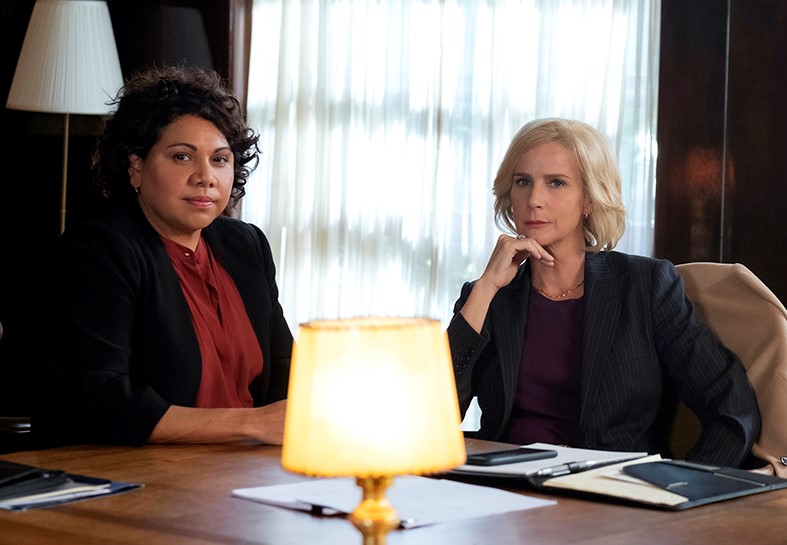
The successful projects are as follows:
First Nations
The Moogai: A psychological horror from writer/director Jon Bell, who teams up with producers Mitchell Stanley, and Causeway Films’ Kristina Ceyton and Samantha Jennings. The film follows Sarah and Fergus, a hopeful young couple who give birth to their second baby. What should be a joyous time of their lives becomes sinister when Sarah starts seeing a malevolent spirit she is convinced is trying to take her children. Fergus desperately wants to believe her but grows increasingly worried as she becomes more unbalanced. The Moogai is financed with support from Screen NSW. Australian distribution is by Maslow Umbrella 387 Entertainment with Bankside managing international sales.
Total Control (season three): A six-part third series of the ground-breaking drama for ABC starring Deborah Mailman and Rachel Griffiths. In the corridors of power, adversaries Alex Irving and Rachel Anderson battle to control their political destinies. Season two writers Stuart Page and Pip Karmel again team up with producers Darren Dale, Erin Bretherton, and Rachel Griffiths. They are joined by writers Julia Moriarty, Meyne Wyatt, and Debra Oswald. Total Control season three is financed with support from the ABC, with All3Media managing international sales.
Feature Films
Addition: The debut feature film from writer Becca Johnstone and director Marcelle Lunam, who are working with producers Bruna Papandrea, Steve Hutensky, and Jodi Matterson of Made Up Stories, and Cristina Pozzan of Buon Giorno Productions. This romantic comedy follows 30-something-year-old Grace who has a thing for numbers and the inventor Nikola Tesla. But when an average guy, Seamus, comes along, Grace falls for Seamus and her meticulously ordered life begins to unravel around her. To let this love in, she must let go of the things she’s been holding onto. Addition will be distributed in Australia by Roadshow Films, with WME managing international sales.
Went up the Hill: A psychological three-handed thriller played out between only two actors. The story follows Jack as he travels to a remote region in New Zealand to attend the funeral of Elizabeth, the mother who abandoned him as a child. There he meets Jill, Elizabeth’s widow. Both are searching for answers; Jack about why she deserted him and Jill about why she killed herself. But Elizabeth’s spirit lingers and soon finds a way to possess both Jack and Jill’s bodies at night. Caught in a life-threatening nocturnal dance, Jack and Jill must find a way to let go of Elizabeth’s toxic hold, before she pushes them to the edge. This film is a New Zealand/Australian co-production from writer/director Samuel Van Grinsven and writer Jory Anast, who previously collaborated on their debut feature Sequin in a Blue Room. Causeway Films’ Samantha Jennings and Kristina Ceyton are producing alongside Vicky Pope. Went up the Hill has been offered production investment from the New Zealand Film Commission and is financed with support from Spectrum Films, Stage 23, RB Sound, and Screen Canterbury. Vendetta Films is handling local distribution while Bankside Films is on board for international distribution.
Little Bird: A romantic comedy from Northern Pictures about a poor but spirited young woman, who teams up with a burnt-out legend to become one of Australia’s most extraordinary flying teams. Set in the glamorous world of 1930s aviation and based on pilot Nancy Bird Walton, Little Bird is about defying expectations and letting your spirit soar as high as the sky. The creative team features director Darren Ashton, writers Harry Cripps and Hannah Reilly, and producers Joe Weatherstone and Catherine Nebauer. It is financed with support from Screen NSW, with local distribution by Maslow Umbrella 387 Entertainment and Parkland Pictures managing international sales.
Television Drama
While the Men are Away: A queer, revisionist historical dramedy for SBS set in 1940s rural Australia. While the men are off fighting in WWII, the people who have been excluded from power suddenly find themselves running the show. Two Women’s Land Army recruits from Sydney arrive in the country and undergo a heady course in race relations, rural politics, spirituality, sex, and personal growth- oh, and farming. While the Men are Away is created by Alexandra Burke, Kim Wilson, and Monica Zanetti, and written by Wilson, Zanetti, Jada Alberts, Magda Wozniak, Enoch Mailangi, and Sam Icklow. It is produced by Lisa Shaunessy of Arcadia. The series is financed with support from Screen NSW with Red Arrow Studios International managing international sales. The title is the first 8 x 30 drama from SBS Scripted Originals.
North Shore: A six-part crime thriller for Paramount ANZ created by Mike Bullen and directed by Gregor Jordan with writing from Marcia Gardner. Set on and around Sydney Harbour, this series follows the clash of cultures when British and Australian detectives team up to solve a complex murder mystery, and uncover a conspiracy with international political consequences. Produced by Beach Road Pictures, North Shore is financed with support from Screen NSW. It is also produced in association with ITV Studios, which will handle international distribution.
Children’s Projects
Rock Island Mysteries (season two): A 20-episode second series for Network 10, detailing the adventures of Aussie teen Taylor Young and her gang of friends. The group continue their adventurous search for Taylor’s missing Uncle Charlie now that they know he is still alive somewhere within the increasingly mysterious Rock Island. Season two sees the return of directors Jovita O’Shaughnessy and Evan Clarry, and writers Alix Beane, Marisa Nathar, Jessica Brookman, and Trent Roberts. They are joined by writers Matthew Bon, Chloe Wong, Rachel Laverty, and Dave Cartel. Rock Island Mysteries is produced by Timothy Powell and Jonah Klein of Fremantle Australia. The series is financed with support from Screen Queensland, with international sales by ViacomCBS.
The Strange Chores (season three) : A 26-part third season for ABC of Ludo Studio and Media World Pictures’ series about two teenage wannabe monster warrior heroes, Charlie and Pierce, and a spirited ghost girl Que, who master their skills from the ageing monster hunter Helsing by doing his strange supernatural chores. Director Scott Vanden Bosch returns with writers John McGeachin and Luke Tierney, and executive producers Daley Pearson, Charlie Aspinwall and Colin South. They are joined by writers Alix Beane and Magda Wozniak, and producer Carmel McAloon. The series is financed in association with VicScreen and with support from Screen Queensland. It is distributed globally by Boat Rocker.
